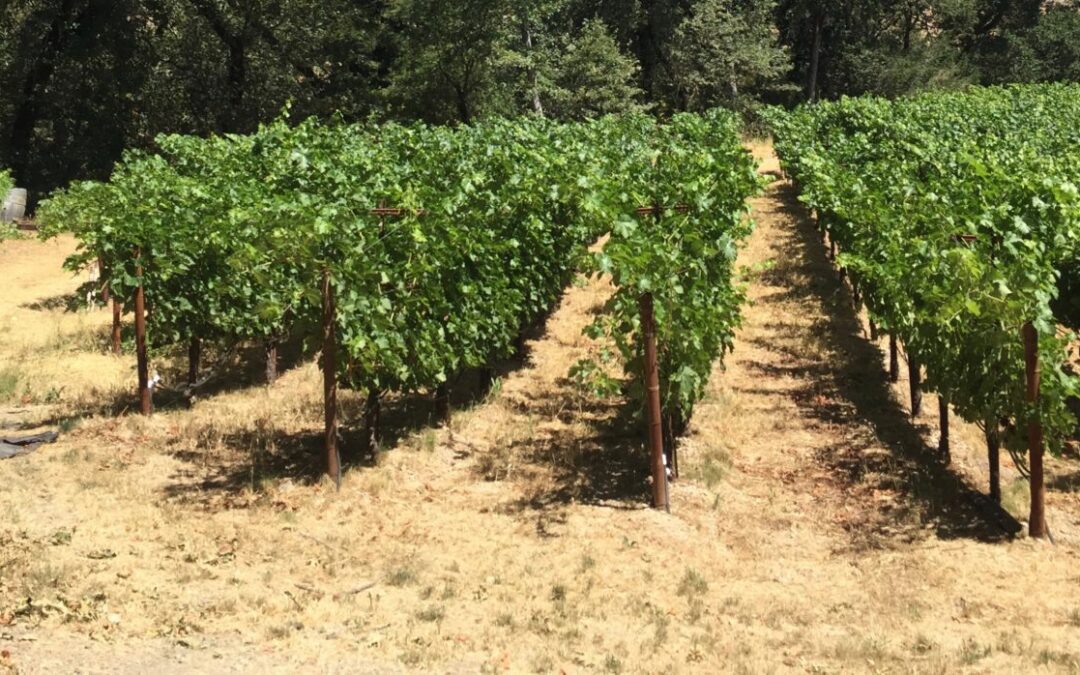Most mornings this time of year find me in my Napa Valley vineyard – nursing young replanted vines, working on the trellis, and digging out wild blackberries and thistles that are the scourge of the vineyard – there’s lots to do and it’s got to be done now! As I’ve walked the Napa Valley vineyard I’ve been pleased to note it’s overall health and attribute some of that to our recent conversion to “non till” farming.
Bare ground is rarely seen in nature, as most soils are covered with the growing plants that they support. Road cuts and farmland are where bare ground is most often seen. A new trend in farming is the practice of non-till farming, part of a movement referred to as regenerative agriculture, or carbon farming. For centuries farmers have been pushing or dragging plows to mix soil on the surface with deeper soils. Motives include weed control, considered to compete for water and other nutrients, and the belief that crops benefit from mixing oxygen into the soil.
Napa Valley Vineyards & No-Till Farming

But modern agricultural studies are leading many farmers to park their plows, and bring out their mowers. It turns out that mowing crop residues and cover crops, and simply leaving them on the surface has many advantages over plowing, which buries the top-soil, and exposes soil left at the surface, allowing it to quickly dry out. In the process, much of the life in the soil quickly decays, and emits carbon into the atmosphere.
It is estimated that 50% of the carbon deposited over time in the Earth’s soils have been released into the atmosphere. Non-till farming mimics closely the natural conditions under which most soils are formed. Carbon is sequestered in the soil rather than quickly released to the atmosphere. Soil texture improves, fertility and nutrient uptake are enhanced, increased worm populations drag organic matter down into the soil, roots go deeper, and water retention increases several-fold. Often cover crops are used to crowd out weeds, while adding nutrients to the soil.
Each winter we sow a cover crop that includes grasses and clovers. One purpose is for erosion control during the winter storms. But the cover crop also provides the soil with nutrients, especially the nitrogen fixing clovers, allowing us to avoid spreading fertilizers. Between the rows we mow two or three times, having left the winter prunings to be chopped up by the mower along with the cover crop. This effectively creates mulch that helps retain soil moisture. We use weed wackers under the wines, never herbicides.
There have been several days recently when temperature have soared well over 100 degrees, yet our vines are looking quite happy. We think the health of the soil and the increased moisture retention associated with non-till practices helped them withstand the hot weather without any signs of heat stress or sunburn.
Bill Dyer

